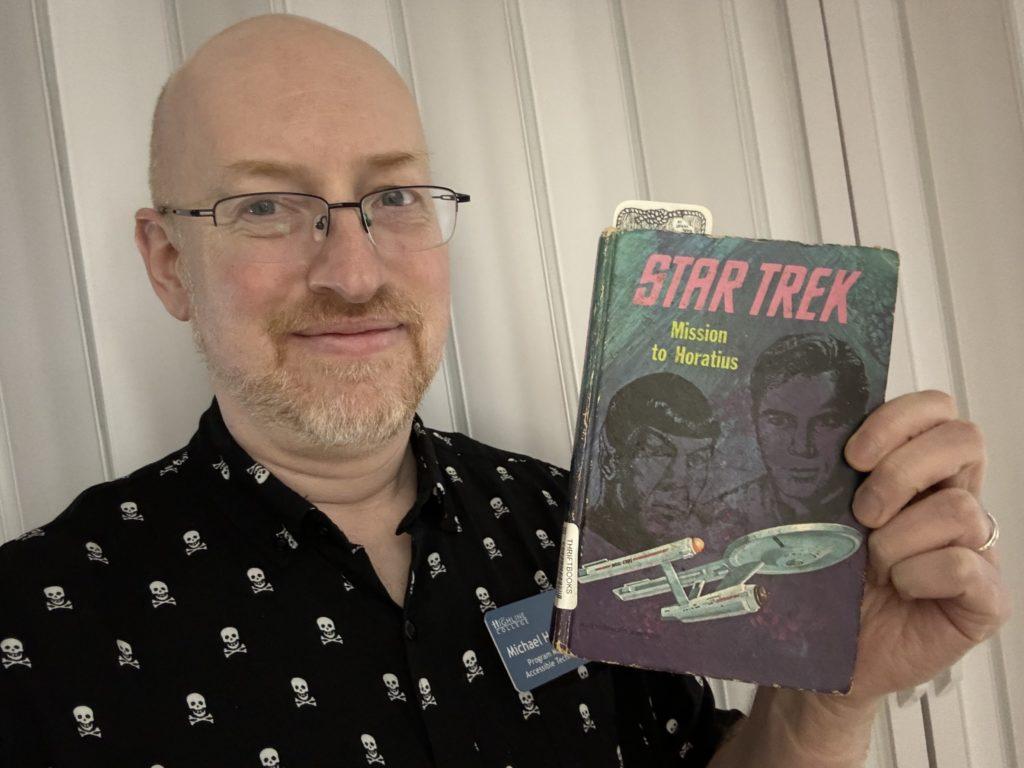19/2024 – ⭐️⭐️⭐️
Favorites for me in this issue were Lavie Tidhar’s “The Robot” and Annalee Newitz’s “The Best-Ever Cosplay of Whistle and Midnight”.
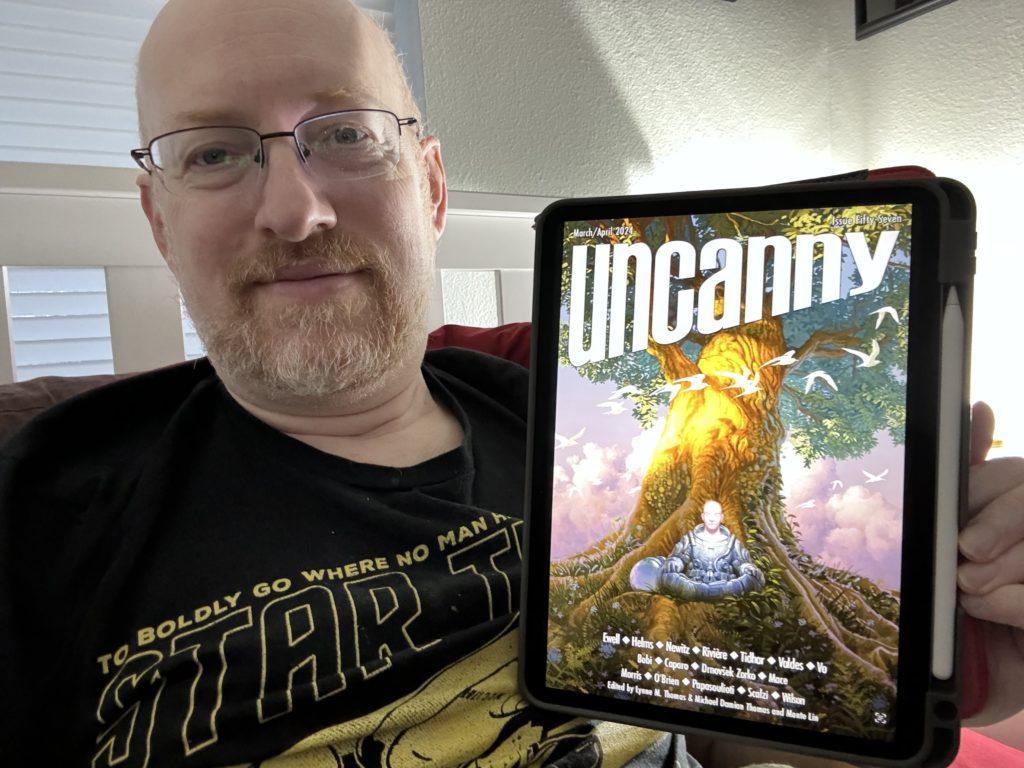
Enthusiastically Ambiverted Hopepunk
I read…a lot. Here’s where I ramble about books and printed media.
19/2024 – ⭐️⭐️⭐️
Favorites for me in this issue were Lavie Tidhar’s “The Robot” and Annalee Newitz’s “The Best-Ever Cosplay of Whistle and Midnight”.

18/2024 – ⭐️⭐️⭐️⭐️⭐️
Excellent account of the settling and first steps of terraforming Mars, taking place over a few decades. Good hard sci-fi, with fascinating ideas on how it could be done and the effects, both micro (on the people involved and their immediate society) and macro (on the larger sociopolitical societies of Earth and Mars as it grows, and the physical effects on Mars). Fascinating from start to end; very much looking forward to continuing through the trilogy.
Also interesting reading this at a time when Mars is often in the news as an eventual destination once again, both realistic (NASA) and unrealistic (Musk), not long after reading and seeing Andy Weir’s The Martian and its film adaptation, just after finishing season four of For All Mankind, which is set on Mars, and while seeing Zach Weinersmith frequently post about his recent book looking at how Mars colonization is more difficult and dangerous than most people think. I wonder how much of what we know has changed since this part of the trilogy was written and how it might affect the underlying story if it were written today (I’m assuming that the Green Mars and Blue Mars sequels, being necessarily further extrapolated and less dependent on current real world science, would be less affected).

17/2024 – ⭐️⭐️⭐️
More of the same, and so far, my overall opinion remains unchanged. Entertaining enough adventures, just not anything particularly amazing. On the one hand, friends have told me this is where the series really starts to pick up steam; on the other hand, when after three books I’m still just saying, “well, it’s okay…”, this may be the last of these I dive into for now. Maybe curiosity will bring me back later on? We’ll see.

16/2024 – ⭐️⭐️⭐️
The final and best of this YA series. The main trio finally end up all adventuring together, as a simple shuttle hop gets sidetracked by mercenaries. Overall, while all of the books have a certain amount of overly-convenient happenstance to get the characters together, they’re a quick entertaining read as one “what if?” version of Kirk, Spock, and McCoy’s Academy days.
A note on the illustrations: Oddly, it kind of felt like the illustrator just skimmed the plot, if that, particularly with this book. Much of the action takes place aboard a shuttle, clearly described as an early version of the TOS “box on two cylinders” shuttlecraft, but the cover and one of the interior illustrations shows a more angular, TMP-style shuttle with warp sled (but the sled is outfitted with the cylindrical TOS nacelles rather than the flatter TMP style). And towards the end, a character described in the text as human (at least in appearance) is drawn as a TOS-style Klingon, complete with gold sash. Odd mistakes to make (and while the target audience for these books might not notice these things, they do stand out to me).
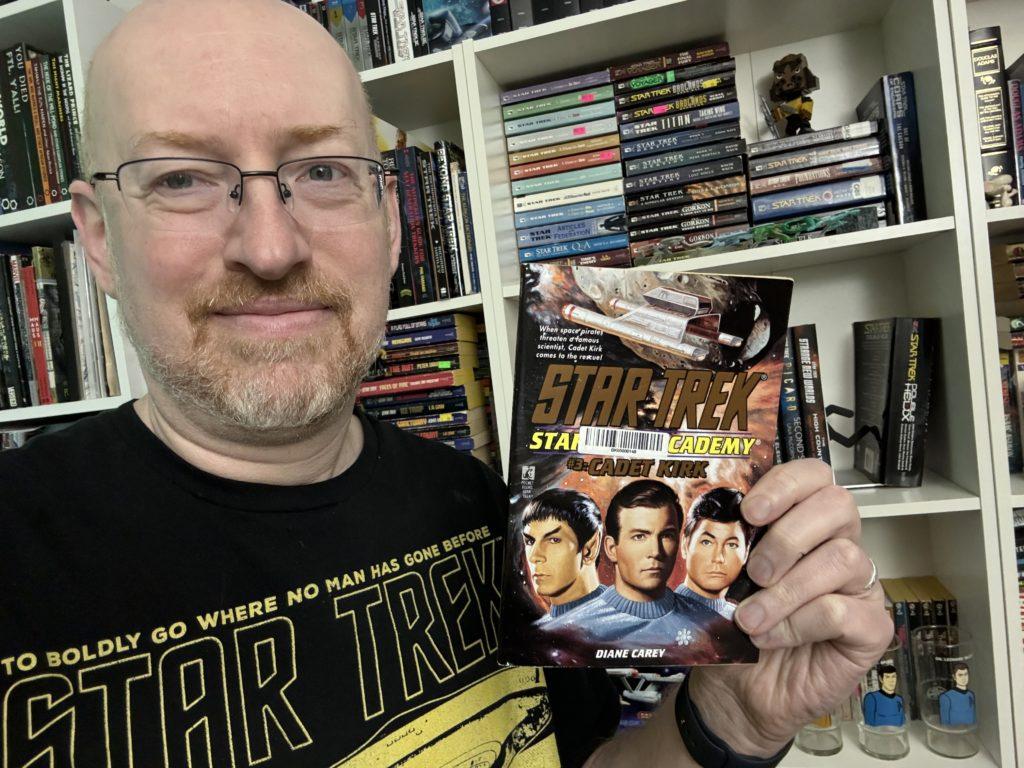
15/2024 – ⭐️⭐️⭐️
A few years after the first book in this TOS Starfleet Academy trio, McCoy is at the Academy’s medical program and ends up being paired with cadet Spock for a disaster relief mission. But somehow these earthquakes don’t seem to be entirely natural…. Not bad, though both McCoy and Spock perhaps felt a bit too much like their adult selves rather than less mature versions.
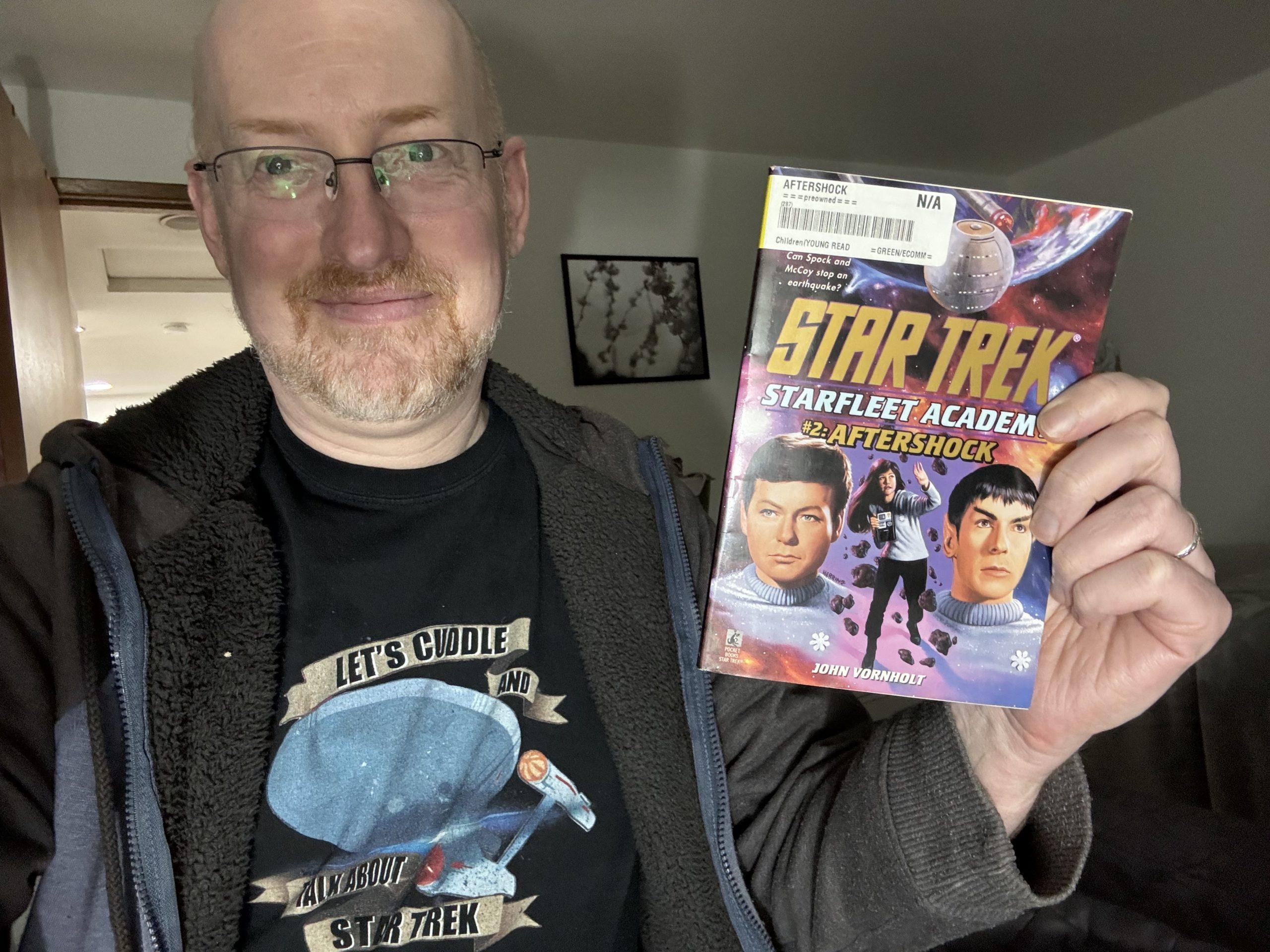
14/2024 – ⭐️⭐️⭐️
A short YA book set in Spock’s teenage years, as he joins Sarek on a diplomatic mission that becomes more dangerous than expected, and Spock finds that there may be a different path for him than the Vulcan Science Academy.

13/2024 – ⭐️⭐️⭐️⭐️
Standouts this month are “The Enceladus South Pole Base Named after V.I. Lenin” by Zohar Jacobs, “Kardashev’s Palimpsest” by David Goodman, “Why Don’t We Just Kill the Kid In the Omelas Hole” by Isabel J. Kim, and “Lonely Ghosts” by Meghan Feldman.
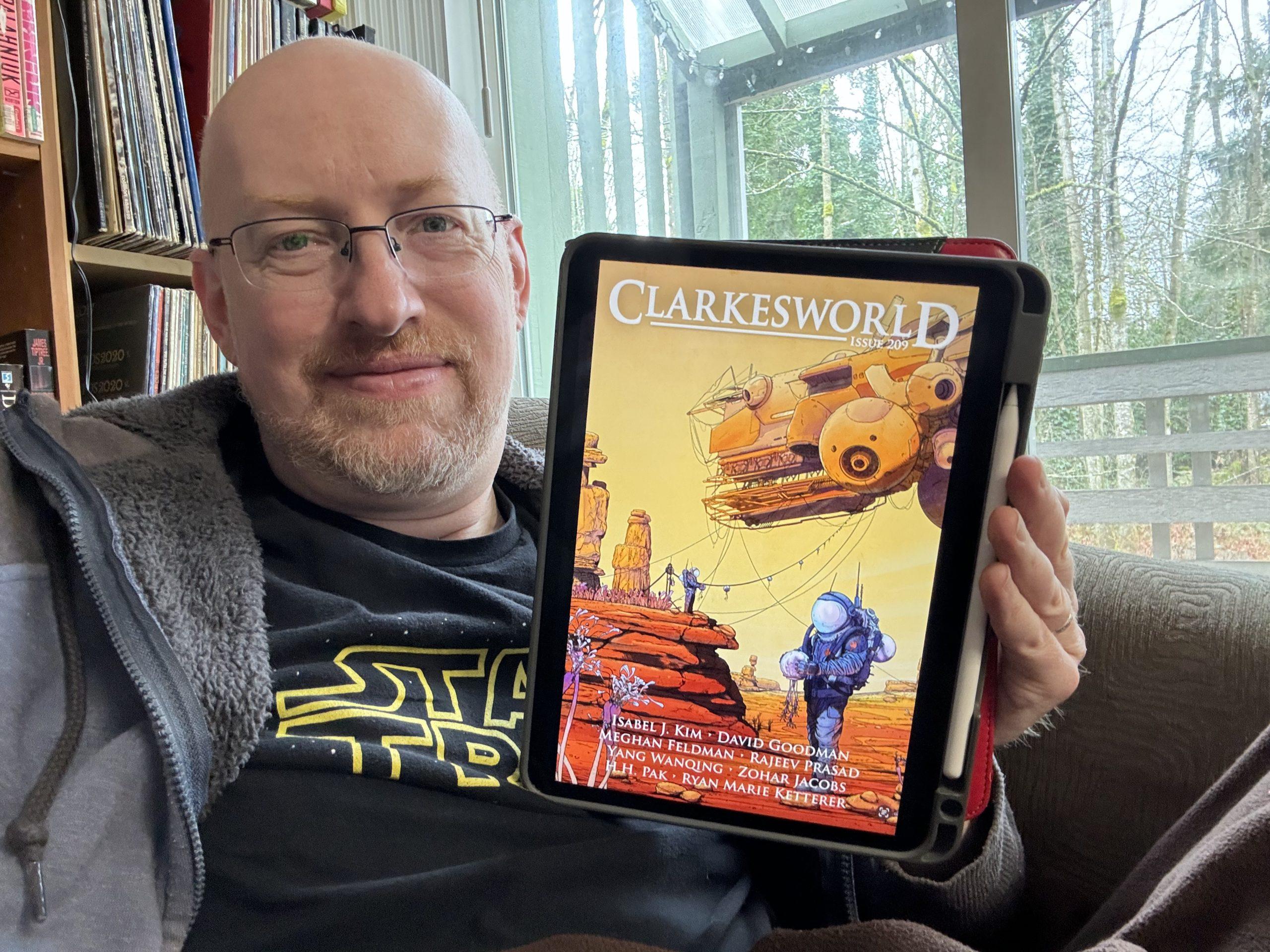
12/2024 – ⭐️⭐️
Another late-70s children’s book. The Enterprise arrives at a planet to sign a trade treaty, only to find the planet captured by Klingons! Only apparently the illustrator had never watched Star Trek; the main character likenesses are shaky, and the Klingons look hilariously unlike Klingons (and much more like 1950s Sci-Fi villains).
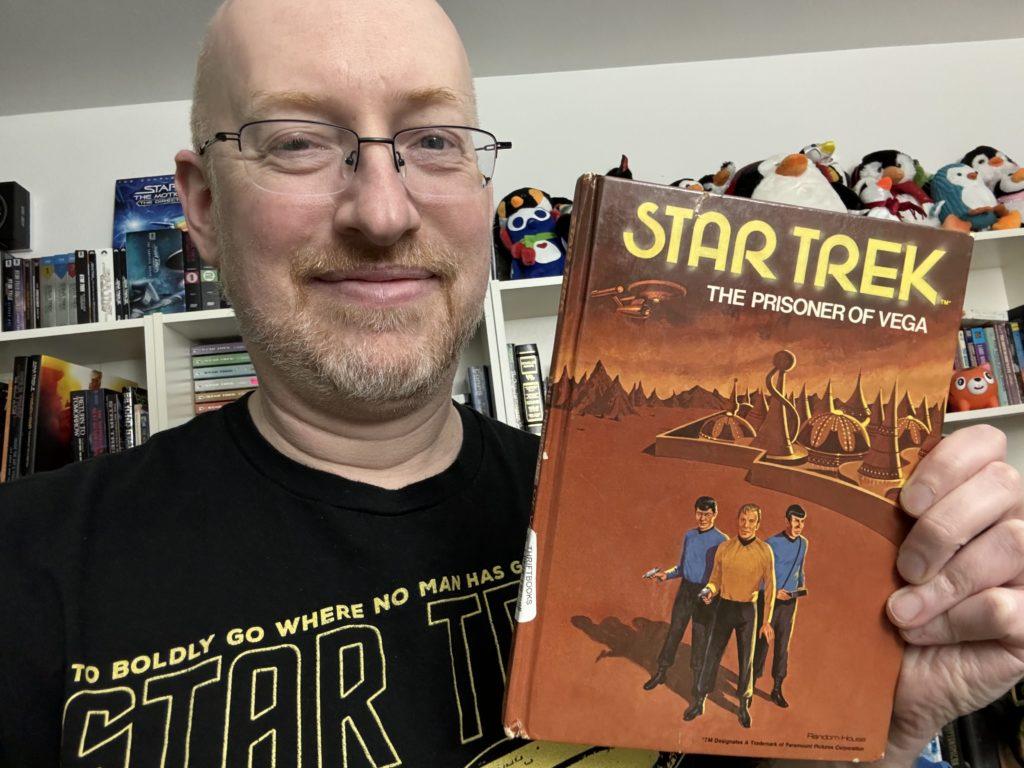
11/2024 – ⭐️⭐️
A late-70s children’s Star Trek adventure. The Enterprise receives an SOS from a lifeless planet, only to find a crowded city being attacked by dinosaurs – or is something more sinister afoot? All the early-reader excitement you can fit in 41 illustrated pages. ;)

10/2024 – ⭐️⭐️
This is not a good Star Trek book. The Enterprise, with a crew at risk of what’s essentially violent cabin fever, is dispatched to the Horatius system to investigate a distress call. There, they find three planets: one with a stereotypical Native American civilization (“backward savages”, of course), one with a mid-20th century American civilization, and one with space Nazis. Oh, and there’s a “B story” involving a plague-infested rat loose on the ship. So, no, as a Star Trek adventure, there’s not much to recommend it.
However: It’s the first officially licensed Star Trek novel, and therefore gets a bit of leeway…or at least recognition that the treklit landscape was far different (nonexistent, actually) in 1968 than it is today. Not really recommended unless you’re a collector, but if you are and can track it down (especially if you can find an original rather than the 1999 reprint), it’s a quick read and kind of fun to see where the print side of Trek began.
